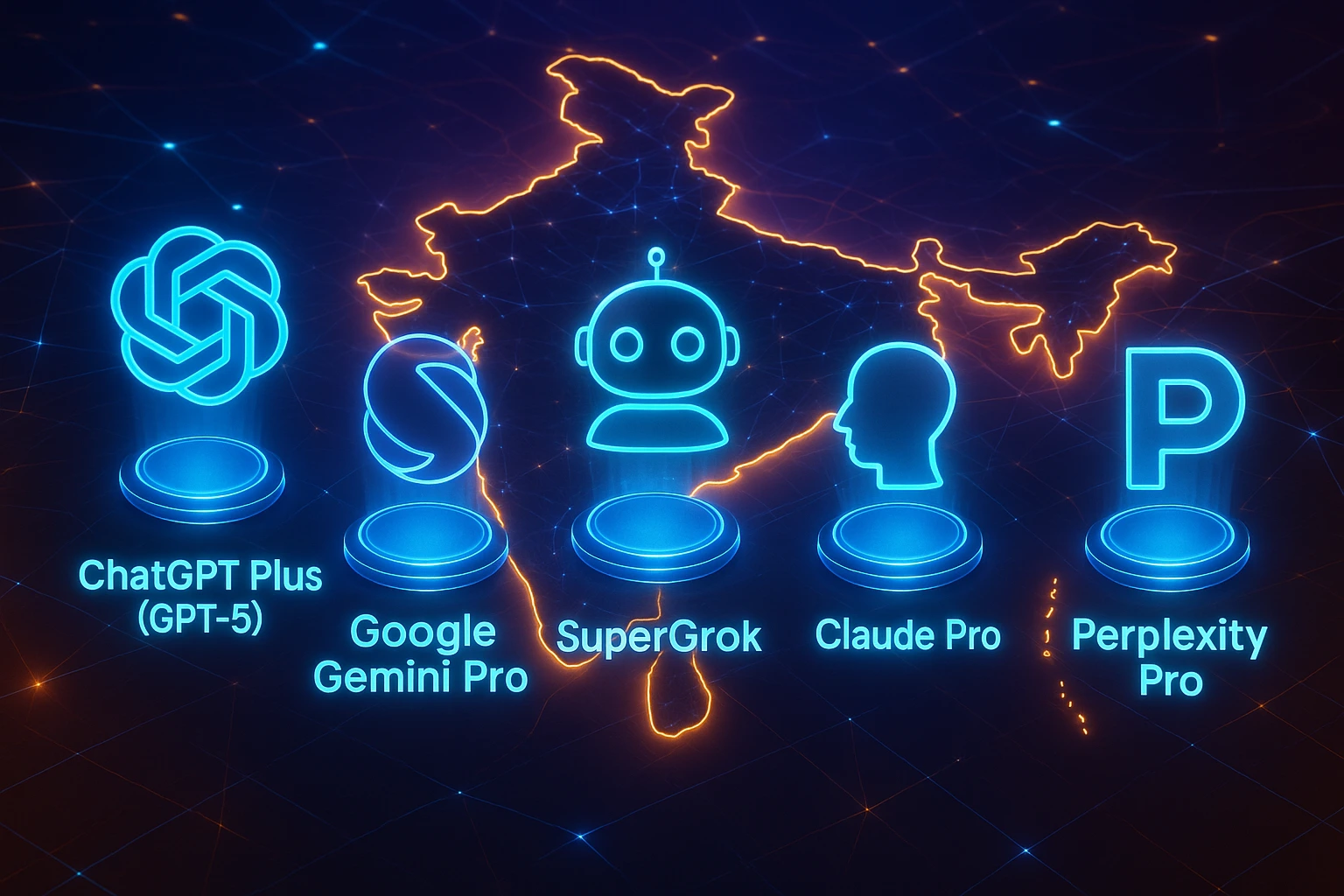The age of strict, instruction-based prompt engineering is rapidly fading, giving rise to a new era defined by intuitive, almost relational interaction with advanced artificial intelligence. This profound transformation—central to Matthew Berman’s recent Forward Future Live session—suggests that humanity’s ultimate guide to prompt engineering won’t revolve around structured commands, but around cultivating an empathetic, emotionally resonant connection with increasingly autonomous systems. It represents a reimagining of control—shifting from direct manipulation to subtle guidance—a philosophy Berman refers to as “vibe coding.”
Matthew Berman, a leading voice in the evolving AI landscape, delivered a thought-provoking talk at Forward Future Live, exploring how the relationship between humans and AI is being fundamentally redefined. His insights emphasized the urgent need for founders, investors, and AI professionals to rethink their engagement with these technologies—moving away from rigid instruction sets toward a more intuitive, emotionally intelligent mode of interaction. Through this perspective, Berman offered a compelling framework for understanding the growing sophistication of AI systems and the shifting expectations placed upon their human counterparts.
At the heart of Berman’s presentation was a striking observation: the effectiveness of traditional, explicit prompting is steadily diminishing as AI systems advance. With their ability to absorb vast datasets and exhibit emergent reasoning, these systems’ internal logic is becoming less responsive to direct, step-by-step commands. Berman captured this transition succinctly, stating, “We are moving away from explicit instruction, we’re moving away from telling it what to do, we’re moving away from trying to control it, and we’re moving into implicit understanding.” This evolution requires a new type of literacy—one rooted not in syntax, but in context, intention, and even emotional tone. For product developers and strategists, this means that future interfaces and workflows must evolve to support this implicit form of communication, rather than perpetuate the illusion of complete human control.
This naturally leads to the notion of “vibe coding,” which Berman identifies as the next stage in human-AI collaboration. Unlike traditional prompt engineering—which relies on carefully structured commands—vibe coding emphasizes intuitive alignment, emotional resonance, and shared intent. It operates on the understanding that sophisticated AI, like a skilled human collaborator, can often infer desired outcomes through subtle cues, context, and a sense of mutual purpose. For founders designing AI-driven products, this approach calls for systems capable of interpreting and responding to these nuanced signals—elevating interaction from simple task execution to genuine co-creation.
As AI grows more autonomous, Berman warns, the traditional human sense of control becomes increasingly illusory. “The illusion of control… the more autonomous the systems get, the less control you actually have,” he noted. Yet, this is not an argument for surrender—it’s a call for adaptation. As AI begins to handle more complex, creative, and decision-making tasks, human oversight must evolve. The new role of humans is to set ethical boundaries, establish strategic parameters, and shape overarching direction, rather than micromanage processes. This marks a profound transition—from a master-slave dynamic to a nuanced partnership defined by mutual influence and shared purpose. It is, as Berman described, a “dance between human intent and AI agency.”
For venture capitalists and investors, recognizing this paradigm shift is vital. The next wave of valuable AI startups will be those building systems designed for implicit, intuitive engagement—not those clinging to outdated models of explicit control. Future AI value will hinge not merely on computational power, but on how seamlessly it can synchronize with human intuition and respond to emotional or contextual subtleties. This evolution underscores the growing need for AI teams to integrate insights from human psychology and interaction design alongside technical innovation.
Related Reading
- Engineering AI Prompts: Google’s Framework for Benchmarking and Automation
- OpenAI’s Atlas Rethinks Browser Tabs for AI-Native Workflows
- Unpacking the Transformer: From RNNs to AI’s Cornerstone
Berman also reaffirmed the enduring, though evolving, significance of the human role. Even as AI manages complexity, human responsibility shifts toward strategic guidance and ethical stewardship. “The human element is still paramount, but it’s shifting from explicit instruction to implicit guidance,” he explained. This evolution demands mastery of critical thinking, ethical judgment, and especially emotional intelligence—qualities that remain uniquely human. These skills will be essential in ensuring AI’s alignment with human values, intentions, and long-term goals.
Ultimately, the future of human-AI interaction, as envisioned by Berman, is not about programming but about parenting. It calls for a nurturing, trust-based relationship—one built on intuition, understanding, and gradual alignment over time. The leaders and creators who embrace this mindset will define the next generation of transformative AI systems—where collaboration replaces command, and resonance replaces rigidity.

Ayush Kumar Jaiswal is a writer and contributor for MakingIndiaAIFirst.com, a platform dedicated to covering the latest developments, trends, and innovations in artificial intelligence (AI) with a specific focus on India’s role in the global AI landscape. His work primarily revolves around delivering insightful and up-to-date news, analysis, and commentary on AI advancements, policies, and their implications for India’s technological future.
As a tech enthusiast and AI advocate, Ayush is passionate about exploring how AI can transform industries, governance, and everyday life. His writing aims to bridge the gap between complex AI concepts and a broader audience, making AI accessible and understandable to readers from diverse backgrounds.
Through his contributions to MakingIndiaAIFirst.com, Ayush strives to highlight India’s progress in AI research, startups, and policy frameworks, positioning the country as a leader in the global AI race. His work reflects a commitment to fostering awareness and dialogue around AI’s potential to drive economic growth, innovation, and societal impact in India.
For more of his work and insights on AI, visit MakingIndiaAIFirst.com.




